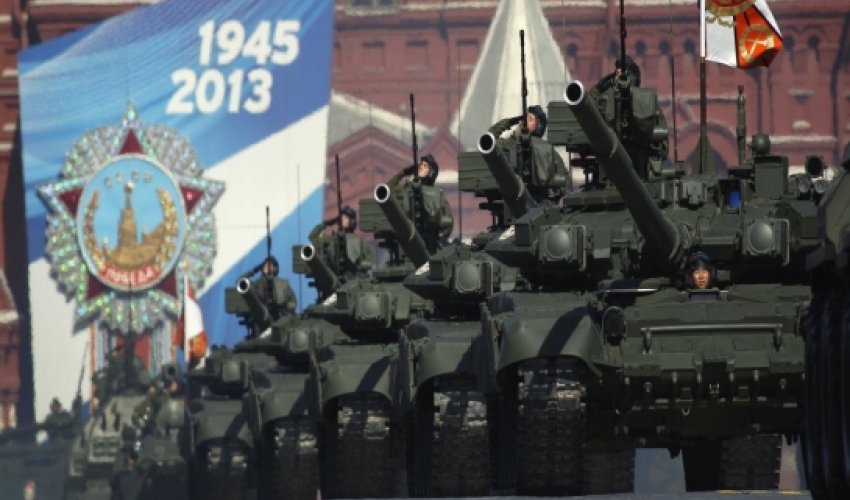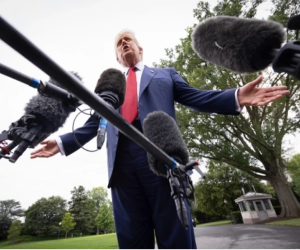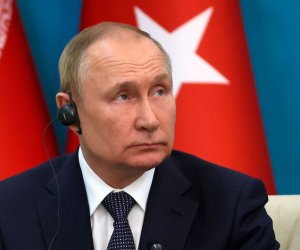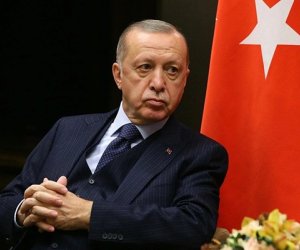The five most powerful militaries in the world

(Business Insider) - Asymmetrical wars in Afghanistan, Vietnam, and now in Syria demonstrate all too clearly that relatively small numbers of belligerents can carry out successful military operations against superior forces.
But still, firepower is extremely important. A country's projection of power relies in large part upon its military capabilities. Successfully being able to project and wield that power is a key diplomatic asset.
The website Global Firepower ranks the most powerful militaries in the world based on multiple factors, including available manpower, total labor force, and access to strategic assets. Nuclear capabilities are not included in the calculation.
Below are the five most powerful militaries in the world according to the 2014 rankings (click country names to see military assets data).
1. The United States
The U.S. defense budget is $612 billion. Despite sequestration and other spending cuts, the United States spends more money on defense than the next ten highest spending countries combined.
America's biggest conventional military advantage is its fleet of 19 aircraft carriers, compared to 12 carriers operated by the rest of the world combined. These massive carriers allow the U.S. to set up forward operating bases anywhere and project power throughout the world.
The super power also has by far the most aircraft of any country, cutting-edge technology like the Navy's new rail gun, a large and well-trained human force — and that's not even counting the world's largest nuclear arsenal.
2. Russia
Two decades after the collapse of the Soviet Union, Russia's military is growing again. The Kremlin's military spending has increased by almost a third since 2008 and is expected to grow 44% more in the next three years. Today, the Russian defense budget stands at $76.6 billion.
Russia currently has 766,000 active frontline personnel with a reserve force of 2,485,000 personnel. These troops are backed up by 15,500 tanks, the largest tank force in the world. Russian soldiers generally receive relatively mediocre training, however, and their equipment, like that tank force, is aging.
3. China has embarked upon a relentless policy of massive military spending, with a 12.2% increase in spending over the past year. China's defense budget stands at $126 billion but could unofficially be higher, prompting concern across Asia as China attempts to project its power to settle border disputes with Japan and the Philippines.
The size of the Chinese army is staggering, with 2,285,000 active frontline personnel with an additional 2,300,000 in the reserves. China also has a history of successfully stealing sensitive military technology, such as recently acquiring sensitive information about the new F-35.
4. India's defense spending is expected to rise as it pursues a modernization drive. Currently, it is estimated that India only spends $46 billion on its budget, and it is slated to become the fourth highest spender by 2020. It is already the world's largest importer of military goods.
India has ballistic missiles with a range capable of hitting all of Pakistan or most of China. Indian military strategy has been dominated by its long-simmering conflict with Pakistan, although there have also been minor wars between China and India in the past.
5. The United Kingdom
The U.K. is planning on reducing the size of its armed forces by 20% between 2010 and 2018, with smaller cuts to the Royal Navy and RAF. The defense budget stands at $54 billion.
Despite scaling back, the U.K. counts on being able to project its power around the world. The Royal Navy is planning on putting the HMS Queen Elizabeth, an aircraft carrier that has a flight deck measuring at 4.5 acres, into service in 2020. The Queen Elizabeth is planned to carry 40 F-35B joint strike fighters around the world. Thanks to superior training and equipment, Britain could still hold an advantage over emerging powers like China, according to a leading think tank.
Bakudaily.Az
Latest news 
More news 



































 Photo
Photo 



 Video
Video 

